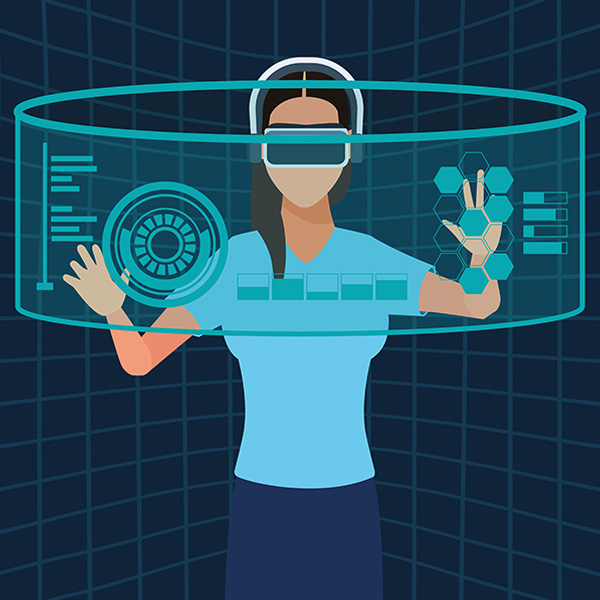-
User Experience as a Living Organism – How Complex Systems Evolve with Their Users
Complex systems are not static. They are not a finished product packaged in a box and delivered to users. Just as living organisms evolve, adapt to their environment, and change over time, successful complex systems do the same—they adjust to changes in user needs, technology, and the business environment. Thinking of user experience as a living system is not just a metaphor—it is an approach that helps us understand how to create flexible, dynamic, and effective systems that endure over time. In this article, we explore the principles that allow complex systems to "live" and evolve alongside their users.
Reading time: 4 minutes
The User as the Center of Evolution
Complex systems achieve their goals when they treat their users not as "external consumers" or "customers" but as full partners in their evolutionary process.
With every interaction, users provide information—whether consciously or not. The system, in turn, can learn from every decision, choice, preference, hesitation, or pause, adapting its information and actions dynamically to align with users' goals at any given moment. Furthermore, an intelligent system can go beyond this, identifying trends and changes in user needs and objectives (both collectively and individually) and swiftly adjusting to an ever-changing environment.
The central question in this context is: Can our system respond to these changes and adapt to users, or does it require users to adapt to it?Dynamics and Self-Adaptation
To create a successful dynamic system, we must adhere to several key principles:

- Stability vs. Flexibility - Users need to understand that the system evolves for their benefit while still feeling that it is stable, consistent, and reliable.
- Transparent Feedback - The system should show users how its adaptations serve them and explain the rationale behind the changes.
- Reducing Cognitive Load - Changes should be gradual and clear so that they do not overwhelm or deter users.
Challenges in Dynamic Design
Like an organism facing a competitive environment, complex systems must overcome challenges that threaten their ability to evolve, such as:
- Technological Rigidity - Relying on outdated tools or code that does not allow for flexibility and adaptation.
- Conflicting User Needs - Different users may demand entirely opposing features.
- User Impatience - Systems that evolve too slowly risk losing their users to faster alternatives.
How to Overcome These Challenges
To address these challenges, we must focus on several key aspects:
- Creating an MVP as a Basis for Evolution – Developing a minimal viable product that demonstrates core capabilities and is designed for future growth, with rapid user feedback in mind.
- Planning Evolution Mechanisms – Implementing update and upgrade systems as an integral part of system design, allowing for continuous improvement.
- Empowering Users – Developing personalization tools that let users tailor their experience without waiting for system-wide changes.
- Delivering Continuous Value – Introducing gradual improvements that provide immediate benefits, even if the solution is not yet complete.
Conclusion
In designing and shaping complex systems, designers must often think like biologists—avoiding a rigid, frozen experience and instead fostering one that can grow, evolve, and change alongside its users. The best systems do not merely solve immediate problems; they learn and become capable of addressing challenges we have yet to consider. Creating such a system requires deep thinking, empathy, and a connection to users and the environment in which they operate. Ultimately, the user experience in a complex system is not a fixed outcome but a dynamic, competitive, and ongoing process.
Looking for an outstanding UX/UI company?
For over 20 years, we've been at the forefront of UX/UI design in Israel, specializing in Complex Systems, Products, Applications, and Web.





 - Special Interview
- Special Interview